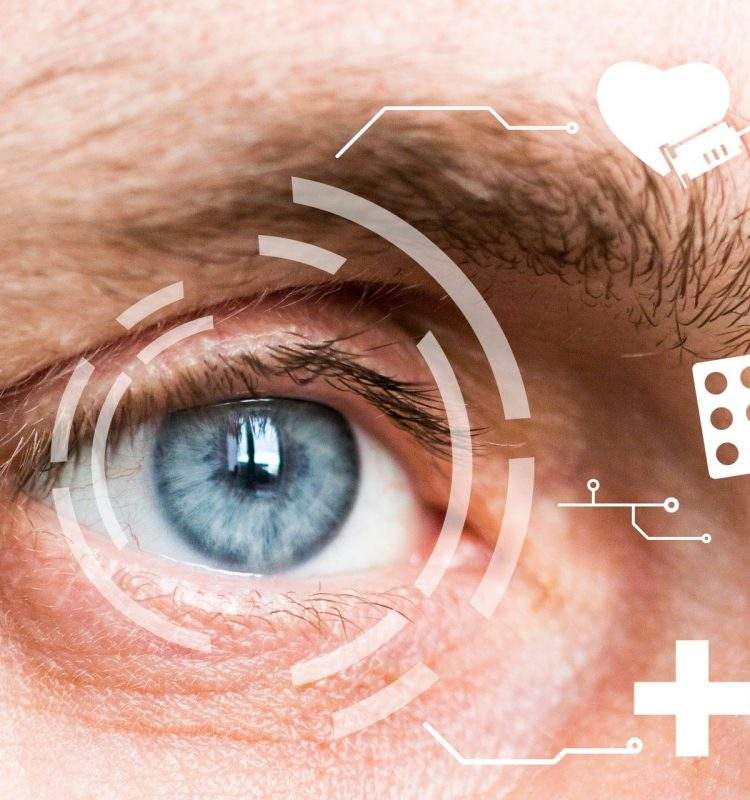EN


In a recent interview with Peter Hartzbech, CEO of iMotions, we explored the exciting possibilities that arise from the integration of multiple companies and their technologies. Hartzbech shared his enthusiasm for combining facial expression analysis, web-based eye tracking, and automotive sensing capabilities. Furthermore, he discussed the long-term vision of iMotions in the healthcare space, particularly regarding the early detection and diagnosis of neurological diseases such as Parkinson’s and Alzheimer’s. In this blog, we will delve deeper into the interview and discuss the potential synergies, the role of technology in healthcare, and iMotions’ ongoing commitment to innovation.
Hartzbech expressed great excitement about the synergies between different technologies and market niches. With facial expression analysis and web-based eye tracking as integral parts of iMotions’ portfolio, the possibilities for integration into various applications are vast. By combining these technologies, iMotions aims to offer researchers neutral and comprehensive validation of their research, leveraging their ecosystem of partners in both hardware and software.
The company recognizes the diverse needs of researchers, accommodating budgets ranging from low-end to high-end options. The availability of a wide range of EEG headsets, with prices varying from $1,000 to $50,000, ensures that researchers can choose equipment tailored to their specific requirements. This flexibility enables researchers to start with a budget-friendly option and scale up to more precise equipment as needed. iMotions’ commitment to meeting researchers’ unique needs and providing cost-effective solutions sets them apart in the industry.
Beyond research applications, Hartzbech envisions a significant role for iMotions in the healthcare sector, particularly in early disease detection. He sees the automotive industry as a potential testing ground for monitoring and predicting neurological diseases such as Parkinson’s and Alzheimer’s. The car environment offers an ideal setting for continuous observation, with individuals spending significant time in a controlled space, exposed to consistent lighting conditions. Subtle changes in physiological indicators, such as pupil dilation or heart rate, can be monitored over time, potentially providing early indications of disease progression.
Hartzbech’s personal connection to the cause, with his mother having suffered from Alzheimer’s, fuels his determination to bring about advancements in early disease diagnosis. iMotions’ long-term plan involves incorporating their multimodal sensor platform into healthcare settings, enabling doctors to observe patients for signs of neurological diseases. Alternatively, the company envisions a future where cars equipped with these sensors can offer individuals the option to be monitored, allowing for early detection and timely intervention.
Early detection of neurological diseases holds immense potential for improving patient outcomes. By identifying symptoms years before they manifest physically, medical intervention can begin earlier, potentially leading to breakthroughs in treatment and the search for a cure. iMotions aims to contribute to this critical field by harnessing the power of their technology and data analysis capabilities.
Hartzbech emphasized the ongoing effort to harvest synergies within the merged companies, acknowledging the complexity of integrating three different entities with distinct cultures. However, he also highlighted the strengths of having a global team and offices, emphasizing the benefits of diversity and collaboration.
With Affectiva and iMotions now co-located in the same Boston office, along with Research Instruments, Hartzbech envisions closer collaboration between the research units. The combination of expertise and diverse client bases creates opportunities for cross-selling and collaborative projects. By leveraging the collective knowledge and resources of the merged companies, iMotions aims to push the boundaries of research and technology innovation further.
The interview with Peter Hartzbech shed light on the exciting developments at iMotions and the potential for groundbreaking advancements in various industries. By integrating facial expression analysis, web-based eye tracking, and automotive sensing, iMotions aims to provide researchers with neutral validation and comprehensive research tools. Furthermore, their long-term vision focuses on leveraging their technology for early detection and diagnosis of neurological diseases, such as Parkinson’s and Alzheimer’s, with the automotive environment serving as an ideal testing ground.
As iMotions continues to harvest synergies, embrace diversity, and foster collaboration between the merged companies, the future looks promising. With their unique position in the market and a global team, iMotions is well-equipped to drive innovation and revolutionize the fields of human behavior research and healthcare.
Conducting research that requires multiple biosensors? Learn more about iMotions and Smart Eye’s eye tracking solutions in this Comprehensive Guide to Selecting Eye Tracking Solutions download.
